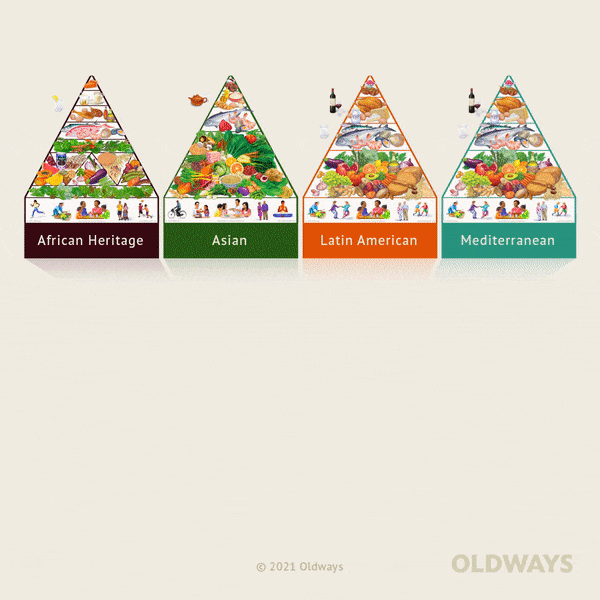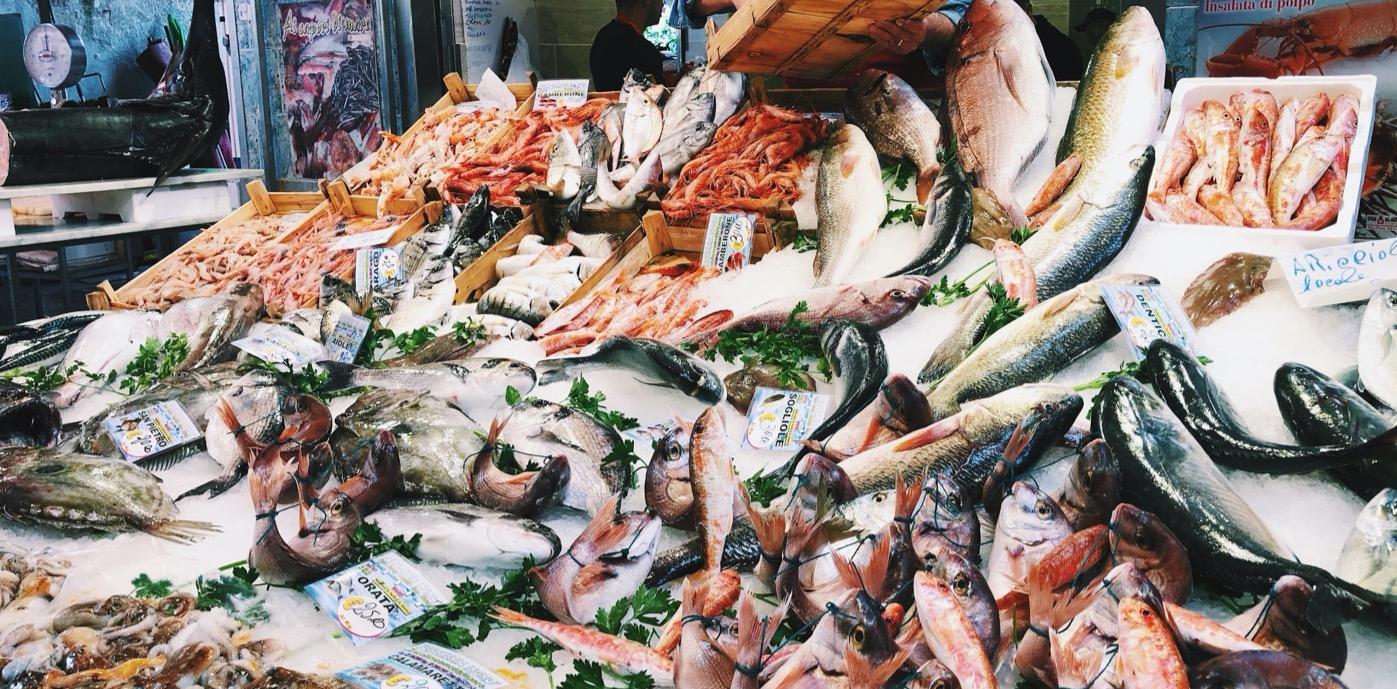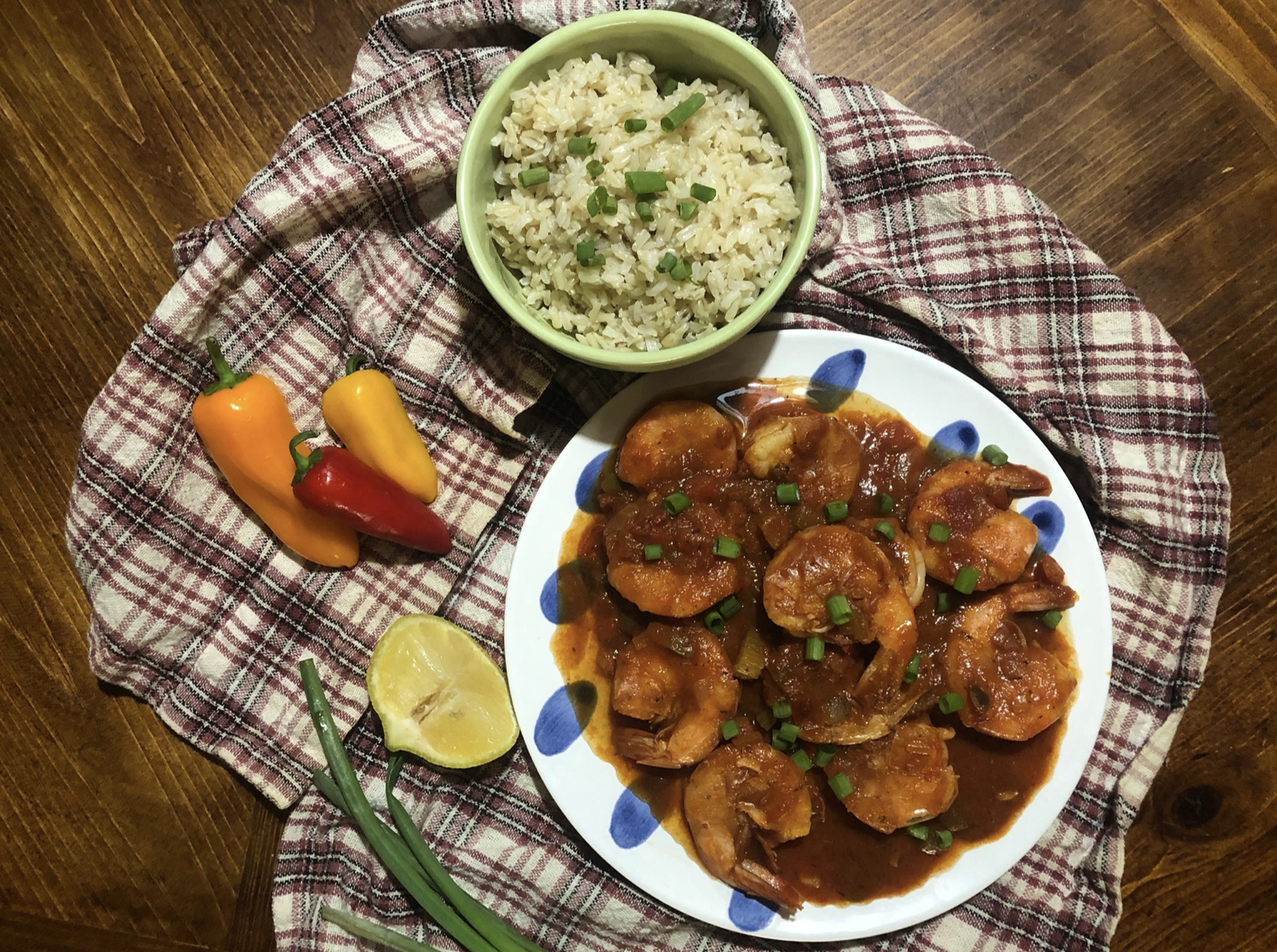From the sparkling coast of the Mediterranean to the vibrant islands of Japan, many of the regions known for good health and longevity enjoy fatty fish as a part of their traditional diet. The omega-3 fatty acids in fish are good fats that support brain health, heart health, healthy development, and much more. Salmon, sardines, mackerel, anchovies, and oysters are some of the most common fish that are higher in omega-3 fatty acids.
For those who are new to seafood, heritage diets like the Mediterranean diet offer an easy way to try fish using time-tested recipes and preparations. Seafood is a prominent mixture throughout coastal Mediterranean countries like Greece, Spain, Portugal, France, and Italy, found in dishes like garlicky shrimp in olive oil, bouillabaisse, bacalhau, mussels in a white wine broth, or salad niçoise. These countries also make use of small, canned fish, known as conservas in Spain and Portugal. They are served in dishes like pasta con le sarde in Italy, gavros in Greece, or pan con tomate y anchoa, boquerones in Spain, or bacalhau in Portugal and baccala in Italy. In many traditional Mediterranean dishes, seafood is used as a flavoring or garnish to plant-based meals. For example, pasta with clams and tomato sauce, or kakavi, a Greek stew flavored with the catch of the day.
In Latin America, seafood is paired with tomatoes, herbs, and chili peppers to create all sorts of delicious recipes. Traditional seafood stews are very popular, especially in Brazil, where we and vatapa, caruru, and different versions of moqueca (pronounced mo-keh-ca). All of these are traditional dishes that feature shrimp and sh simmered in tomato, palm oil, or coconut-milk bases, mixed with other flavorful ingredients. Ceviche, a Peruvian dish, is made by marinating raw fresh fish in citrus juice, allowing the acidity to cure the fish into a farmer texture, before being mixed with flavorings like herbs and tomatoes. Shellfish are also enjoyed throughout Latin America, such as in the Mexican stew called caldo de camaron, made with shrimp, or the Peruvian steamed mussels dish called choros a la chalaca, which features onions, herbs, and sometimes corn.
If you have a piece of fish from the supermarket and are looking for a simple, yet elegant preparation, look no further than Asian heritage spices and aromatics, such as ginger and soy sauce. Across Asia, seafood is enjoyed with rice, noodles, strong spices, and an abundance of vegetables. In Southeast Asia, Thai fish curries can be made with different types of chili peppers and herbs with varying levels of heat. Similarly, Goan cuisine of Western India and Bengali cuisine of Eastern India both feature seafood and rice-based dishes and fish curries flavored with fenugreek, curry leaves, onion, and squash. In China, fish and shellfish are often prepared in a wok, cooked quickly over high heat, such as in the Cantonese-inspired Cashew Shrimp Stir Fry. And we would be remiss if we didnt mention one of the most popular fish dishes to come out of Eastern Asia: Japanese sushi, which are rolls of rice, seaweed, (raw) fish, and different flavorings.
Seafood also makes a number of appearances throughout the African Diaspora. Louisianas Shrimp Gumbo stew has its roots in African, French, Spanish, and Haitian cuisines. Traditional Low Country and Gullah cooking, from around South Carolinas and Georgias coasts, feature catfish, crab, shrimp, sweet potatoes, rice, and dishes like Hoppin John. In West Africa, fish is sometimes prepared using the Yassa method, relying on a spicy lemon and onion marinade for flavor. Fish stews featuring vegetables and starches are also found in other coastal parts of Africa. In the West Indies and the Caribbean, fish is paired with tropical accents like peppery sauces and coconut milk, similar to the Brazilian stews described above.
Today, our oceans have reached a point where demand for seafood has outgrown the production of sustainable wild-caught seafood that our oceans can support. Whether you purchase farmed or wild seafood, one is not better than the other. What is important is that the seafood has been responsibly sourced (whether from a well-managed fishery, or a responsibly-run fish farm).
The Dietary Guidelines for Americans recommend that seafood twice per week for all age groups, including pregnant and lactating women. Research shows that moms-to-be who eat fish 2-3 times each week during pregnancy have babies who reach these milestones more quickly: holding head up, recognizing family, climbing stairs, copying sounds, drinking from a cup, & drawing.
Studies show that it can take 8-15 exposures to a food before children begin to accept it, so we encourage people (adults and children alike) to keep trying any chance seafood is offered, as well as to try a variety of seafood dishes to see if some might be more appealing than others. With heritage diets as your guide, fabulous fatty fish are sure to become fast favorites!
Want biweekly Heritage Diet information and recipes in your Inbox Sign up for our Fresh Fridays newsletter by clicking the Subscribe button at the bottom of this page!













